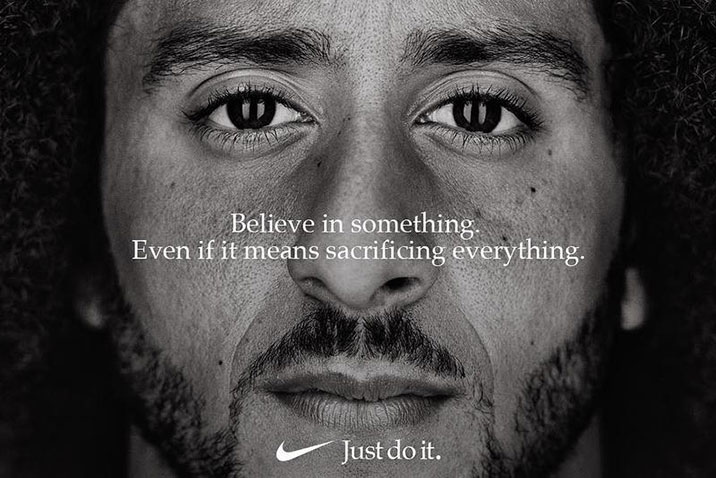As published by The Chronicle of Philanthropy
For more than a decade, we’ve helped multinational, national and regional environmental non-profits advance their conservation objectives by enhancing the efficacy of their communications, fund raising and advocacy efforts. Through the lens of primary research, we have identified pervasive trends affecting today’s environmental non-profits—attitudinal and behavioral shifts that dictate a significant departure from the traditional approach to stakeholder engagement.
Many environmental organizations are perilously dependent on older donors. The percentage of donors who are 55 years of age and older was never less than 50 percent of an organization’s donor file and was occasionally as high as 70 percent. Also, for most environmental non-profits, donors significantly curtail their financial contributions upon retirement, save for bequests.
The attitudes and behaviors of younger supporters are markedly different from those of previous generations. Millennials are more environmentally conscious than previous generations, but for them the environment is one of a larger, more diverse set of societal priorities that competes for their time and money. Also, they place equal emphasis on their everyday behavior to protect the environment, from recycling to the brands they patronize, as making a donation. Millennials, too, are more likely to believe that many of the world’s environmental challenges will be solved by new technologies, not simply the work of non-profits.
Despite today’s partisan climate, environmental organizations attract supporters of all political stripes. While the donors, advocates and volunteers of environmental groups generally skew Democratic, they also represent significant percentages of self-described Republicans and Independents. While people of varying political identities often share common environmental priorities, they frequently differ in their opinions about how these priorities are best addressed. Republicans favor public education and hands-on conservation to governmental regulation, for example, while Democrats are not averse to the use of litigation to advance and protect environmental interests.
Today’s communications ecosystem elevates the importance of “people like me”. Social media, in particular, places a premium on word-of-mouth communications. Before the average Millennial or Gen Xer donates, volunteers or advocates on behalf of an environmental non-profit, they must first hear good things about the organization from “people like me”.
Today’s environmental non-profits require new strategies for cultivating their next generation of donors and advocates, especially given the advancing age of their traditional supporters. While such strategies are unique to each organization—just as each environmental non-profit has its own priorities, operational competencies and peer sets—they invariably include the following imperatives.
Identify your priority segments and meet them where they are. An environmental non-profit’s current and prospective supporters typically fall into three or four prime segments whose members, while sharing a common commitment to the environment, possess different demographic and psychographic characteristics. An organization must tailor messaging and engagement strategies to each segment if it is to make inroads with younger donors, advocates and volunteers.
Increase trust by linking impact attributes. The greater the trust a person has in an organization, the greater the likelihood they will act on its behalf. However, because trust is influenced by a combination of individual attributes an organization demonstrates, environmental non-profits need to understand the attributes their supporters value most, as well as the potency of their relationship to one another. Donors may particularly appreciate a non-profit’s “local impact” and the “use of a conservation plan”, for example, but demonstrating that the local impact is a result of an organization’s long-term plan can significantly bolster trust.
Showcase organizational leadership, while tapping “people like me”. The leadership profiles of environmental organization’s CEO or chief conservationist have long been a common prerequisite for trust. Because the strength of an organization’s leadership is largely attributable to the expressed opinions of “people like me”, environmental non-profits need to use digital and social media to engage Millennials regarding the vision and work of their senior leaders, and leverage their volunteers and staff as advocates
Act like a news organization. One of the traits shared by various generations of environmental supporters is an appetite for objective, unbiased information. Compounding this appetite is the expectation that organizations make a priority of educating the next generation of environmental stewards. Those that do this particularly well create a steady cadence of high-quality original content addressing their environmental priorities, while spotlighting their key personnel and signature initiatives.
Tens of millions of Americans are highly concerned about environmental threats ranging from climate change to chemical contamination, but converting the concern of younger supporters into action requires new and different approaches. The aging donor bases of many environmental non-profits, in particular, underscore the urgency to develop and implement new stakeholder engagement strategies.
Bob Knott is founder and principal of Timbre Strategies and Jason McGrath is a senior vice president at Ipsos.

